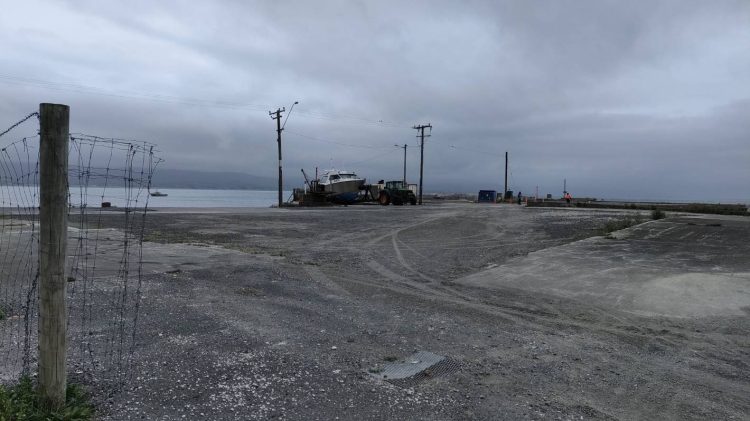Pengembangan Wakatu Quay di Kaikoura yang akan datang akan memiliki tema makanan laut. Chris Sturgeon, pemimpin proyek untuk program pengembangan kelautan Kaikōura, menyatakan bahwa pengembangan penggunaan campuran kemungkinan akan menggabungkan perhotelan, seni lokal, perikanan, dan perusahaan pariwisata yang semuanya berpusat di sekitar motif makanan laut.
Sturgeon mengungkapkan visi jangka panjang proyek tersebut, dengan mengatakan, “Kami sedang membangun sesuatu yang dapat dilihat anak-anak dan cucu saya dan akan bermanfaat bagi masyarakat. Ini bisa memakan waktu lima atau 10 tahun, tetapi ini adalah proyek dengan niat jangka panjang.” Konstruksi diperkirakan akan dimulai pada bulan Juni tahun mendatang.
Setelah konsultasi publik bulan lalu, Dewan Distrik Kaikōura telah memutuskan untuk menjadi ujung tombak pembangunan. Konsultasi menghasilkan sekitar 230 pengajuan, di mana 83% menyetujui potensi pinjaman dewan hingga $800.000. Ini akan memungkinkan akses ke sisa $7,3 juta dari hibah yang diberikan oleh Kementerian Bisnis, Inovasi dan Ketenagakerjaan.
Sturgeon optimis tentang kemajuan proyek, mengantisipasi penyewa untuk menempati ruang pada pertengahan 2025, tepat pada waktunya untuk musim panas 2025/26. Gerai ritel, bagaimanapun, akan dikecualikan dari situs untuk tidak mengalihkan perhatian dari pusat perbelanjaan utama Westend. Situs ini berpotensi menjadi tuan rumah hari-hari pasar atau perayaan seperti Matariki, ditambah dengan van makanan dan artis jalanan.
Memasukkan elemen budaya ke dalam pembangunan juga ada dalam agenda. Dewan sedang berdiskusi dengan Ngati Kurī tentang mengintegrasikan narasi budaya. “Kami ingin memiliki kehadiran rūnanga di lokasi dan akan baik untuk memiliki semacam pengalaman yang berbicara tentang sejarah kami, baik Māori maupun Eropa,” kata Sturgeon.
Dana Pertumbuhan Provinsi telah memberikan dewan $9,8 juta pada tahun 2019 untuk mengubah situs Wakatu Quay menjadi pusat bisnis. Sebagai pengembang utama, dewan akan menanggung risiko apa pun dan mengumpulkan pengembalian dari proyek. Rencana untuk meminjam $800.000 akan dimasukkan dalam Rencana Jangka Panjang 2024/34 dewan
.





























































